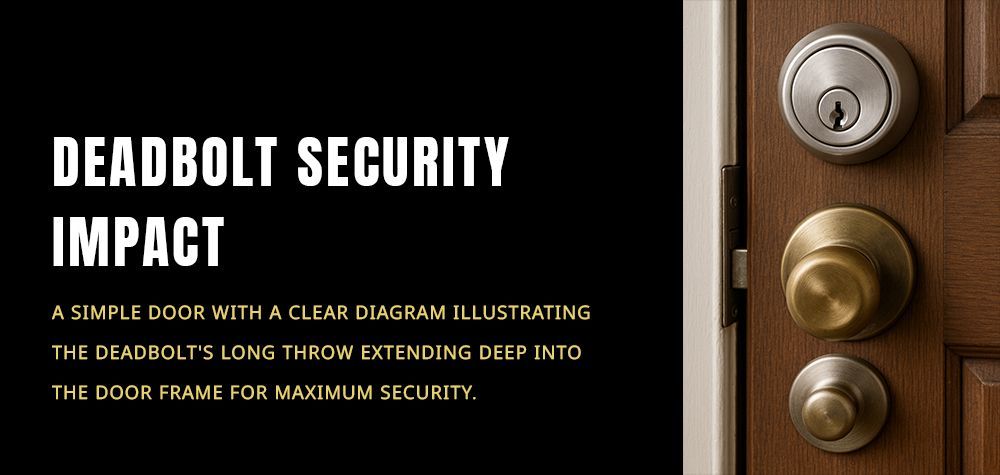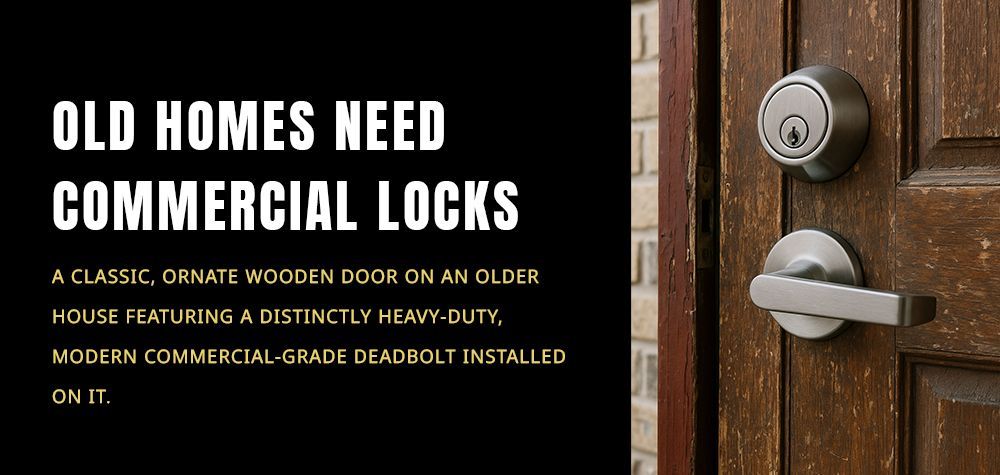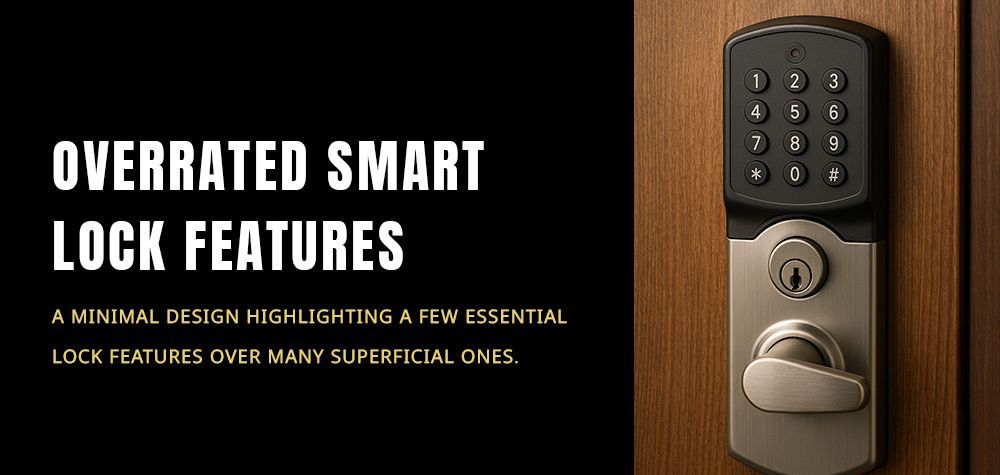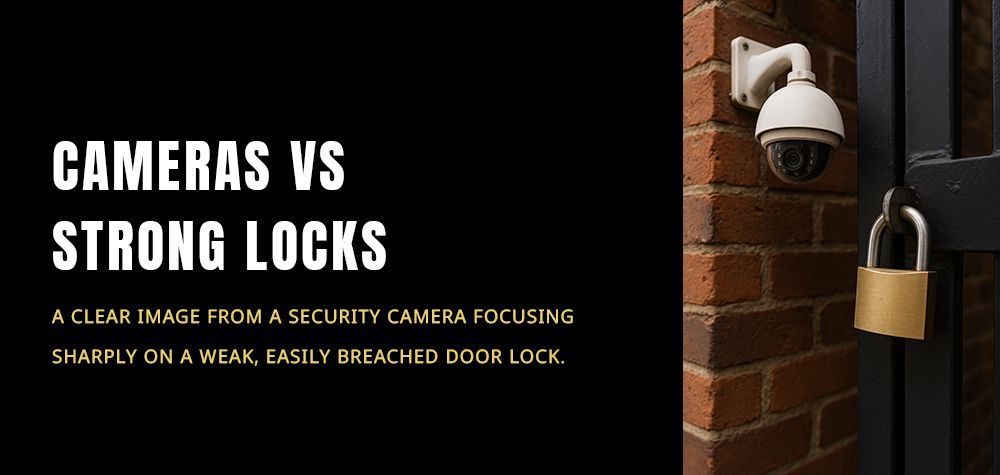Automotive Locksmith Tips: What Car Thieves Wish You Never Know
It is more than annoying when someone takes what yours without your permission. Also known as, stealing. It’s even worse when that thing you value so dearly like your car. How can you prevent something like that from happening to you? Let’s talk about Automotive Security.
According to the FBI’s Uniform Crime Reporting Program, the number of vehicle theft in 2015 rose by 3.1%. The statistics also reveal that $4.9 billion was lost to motor vehicle theft, and an estimated 75% of stolen vehicles were automobiles.
In light of this revelation, car owners have to step up their efforts to better secure their cars from theft. We have compiled a few tips to help you better protect your car(s) from this societal vice.
Automotive Security
1. Be more conscious of your environment
It’s quite unfortunate most people pay little or no attention to what goes on around them. Well, even a little attention is something, but no attention at all is terrible. Staying aware of your immediate environment is one of the best ways of securing your vehicle, your possessions, and even your personal safety. Maintaining constant vigilance and observing the activities around will keep you ten steps ahead of car thieves.
2. Plan your route ahead of driving
I know it’s not always possible to plan your routes before you drive because, to be honest, most of us like to be spontaneous. In any case, taking the time to know the city or town you live in will help ensure the safety if your car. The same goes for having knowledge of the places you can go and where you shouldn’t. You can’t go wandering off or getting lost in insecure places.
3. Install car alarms
In the face of modern technology, not installing a car alarm or recognizing the security importance of car alarms for that matter is very, very unwise. Not only will your car alarm alert you of someone attempting to steal your car, but it’ll also get you alert you to suspicious activities in your vicinity. Car alarms also serve as deterrents to auto thieves. Someone driving off with a car whose alarm is triggered is only inviting the authorities and the wrath of well-meaning individuals on themselves.
4. Lock your doors at all times
It doesn’t matter if you’re on the move or driving in the safest part of town, keeping your doors locked every time will keep your car safe from theft and carjacking. Although it’s rare, it happens, there’s no point in believing car thieves aren’t hardened enough to do it. Do not underestimate automobile thieves, that may very well be your regret as you watch helplessly your car speeding away.
5. Never leave your key in the ignition
Walking away – no matter how close the distance is to your car – with your keys in the ignition is a sure way to lose your car to thieves. What you need to understand is that car thieves are more aware of what goes on around them – even more likely than you – that they are ready to act on an instant notice. Don’t give them that chance. Whenever you’re walking away from your vehicle, even if you’re in a hurry, be sure to turn off your engine, roll up your windows, get your keys out with you and lock your doors.
These simple acts can save you a ton of regret later on. Who knows, someone is already watching you and waiting for you to slip up. Do you want your vehicle to be another statistic in the FBI’s Uniform Crime Reporting (UCR) Program? No, I don’t think so. Your car is an investment, treat it as such and you can keep it in your family for generations.
Call Us Any Time!






